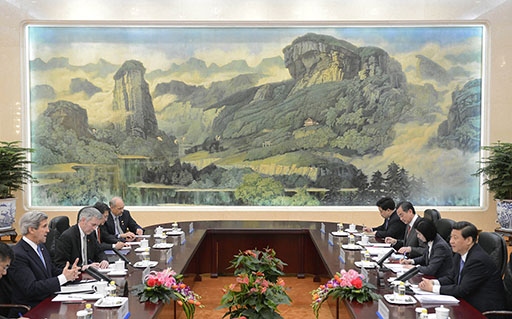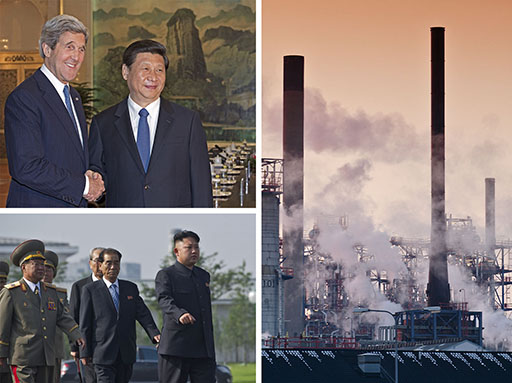4 Contemporary issues: strategic and military

In this section and the next you will practice analysing issues of interdependence, cooperation and conflict by applying the ideas you have encountered in Sections 1–3 to a range of issues in China–United States relations. These sections are intended to consolidate and to extend your knowledge of China–United States relations from Sections 1–3. In this section you will assess military and strategic issues in China–US relations.
‘There are increasing signs that the United States and China are on a collision course. Some scholars see this course as following the historical pattern by which a declining power refuses to yield to a rising power, and war ensues.’ (Etzioni, 2013)
In the previous section you observed the shifting relations between the United States and China. The historical record shows that sources of conflict can be military, political, economic or cultural. At the same time, China and the United States have allied themselves and worked together when their mutual interests have aligned.
China–United States relations in military and strategic terms cover a wide field. In this section you will look at points of potential conflict and cooperation involving:
- bilateral issues – those that exist just between the US and China
- triangular issues – involving China, the United States and other actors.

